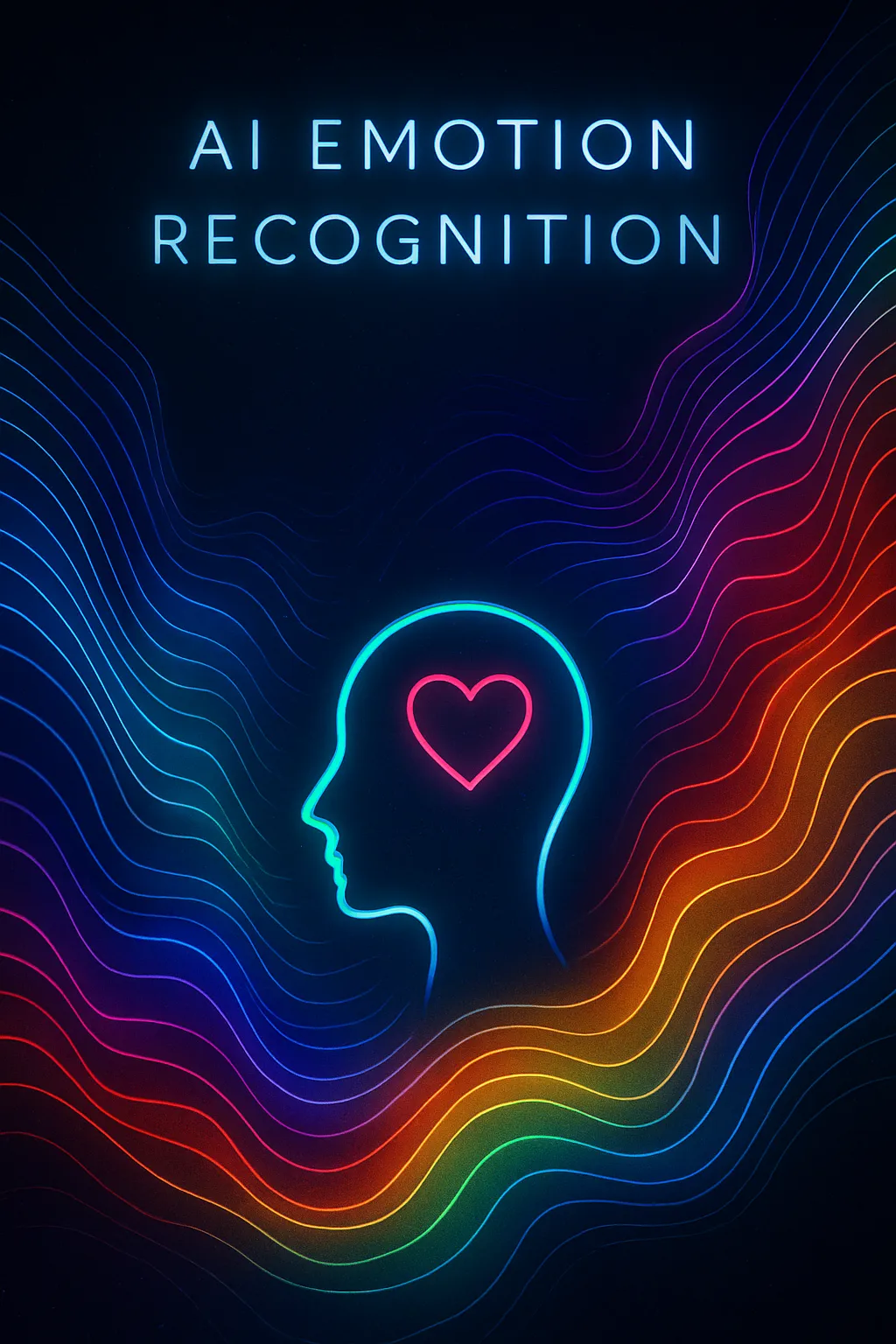
Emotion Recognition in Conversations
Conversations are not just about words; tone, pace and emotional content convey much of the meaning. Emotion recognition aims to equip AI systems with the ability to perceive these signals. In text‑based chats, sentiment analysis uses dictionaries and machine learning to categorise messages as positive, negative or neutral. More sophisticated approaches use transformers and recurrent neural networks to detect nuanced emotions such as joy, anger or sadness by modelling long‑range dependencies. When voice is available, acoustic features like pitch, energy and spectral properties provide clues about the speaker’s emotional state. Classifiers trained on labelled datasets map these features to emotional categories, while clustering can reveal latent affective patterns.
Multimodal models combine textual and vocal cues to improve accuracy. For example, if the words are neutral but the voice trembles and slows, the system may infer anxiety. Advances in computer vision also enable facial expression analysis through cameras, although privacy concerns often limit their deployment. Deep learning models, particularly convolutional and attention‑based architectures, excel at learning hierarchical features from multimodal inputs. They can generalise across languages and cultures when trained on diverse corpora. However, collecting and labelling emotional data is challenging because emotions are subjective and context‑dependent. Datasets like ISEAR and EmoReact provide valuable starting points but do not capture the full diversity of human affect.
Emotionally aware systems have many applications. Virtual therapists and mental health chatbots monitor mood and offer coping strategies. Customer service platforms can route frustrated callers to empathetic agents or automatically de‑escalate interactions. Educational tools adjust difficulty and encouragement based on student frustration or boredom. Entertainment platforms personalise music and media recommendations based on user mood. These systems rely on predictive analytics to anticipate how emotional states evolve over time and how they influence behaviour. Integrating emotion recognition with dialogue management allows responses to be tailored not just to what was said but how it was said, making interactions feel more human.
Yet emotion recognition raises important ethical questions. Emotions are private signals; misinterpreting them can do harm. Cultural differences mean that the same expression may be read differently across communities. Overreliance on sentiment scores can reduce complex feelings to simplistic labels. Moreover, collecting voice or facial data can infringe on privacy if consent is not obtained. Developers should be transparent about what is measured, obtain informed consent and provide users with control over their data. Models must be tested across diverse populations and continuously monitored to reduce bias. When used responsibly, emotion recognition can enhance communication and well‑being; misused, it can erode trust and autonomy.
Back to articles